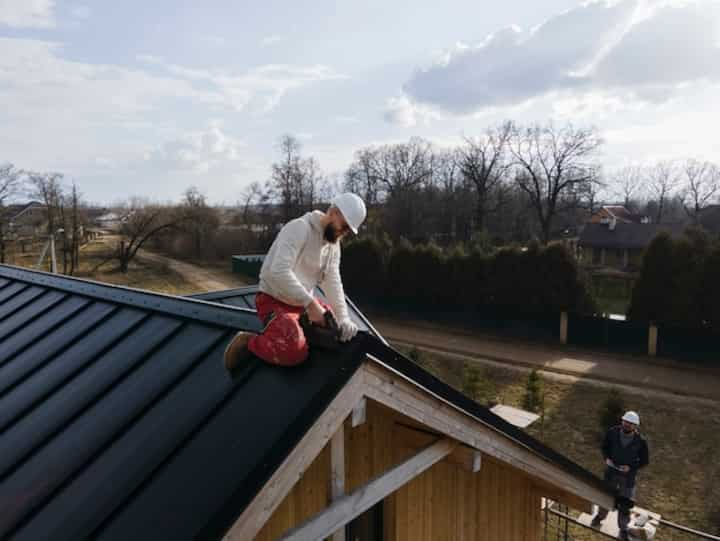
Ultimate Guide to DIY Roof Waterproofing Services in Bloomington
Waterproofing your roof is an essential maintenance task that can significantly prolong the life of your home. Particularly in areas like Bloomington, where weather conditions can vary drastically, ensuring that your roof is adequately protected against moisture is crucial. This guide is designed to help you navigate the process of DIY roof waterproofing, providing you with the knowledge and tools needed to tackle this important task effectively.
Understanding Roof Waterproofing
Roof waterproofing involves applying a protective layer to prevent water penetration. This process is critical for maintaining the structural integrity of your home and avoiding costly repairs due to water damage.
Benefits of Roof Waterproofing
- Prevents leaks: A waterproof roof helps to prevent leaks that could damage the interior of your home.
- Reduces mold growth: By keeping moisture out, waterproofing reduces the risk of mold and mildew, which can cause health issues.
- Increases roof longevity: Regular waterproofing can extend the lifespan of your roof, saving you money in the long run.
Steps to DIY Roof Waterproofing
Embarking on a DIY roof waterproofing project requires careful planning and execution. Follow these steps to ensure a successful outcome:
1. Inspect Your Roof
Begin with a thorough inspection of your roof to identify any existing damage or areas that require special attention. Look for:
- Cracks or holes in the roofing material.
- Signs of water damage or discoloration.
- Loose or missing shingles.
Find additional information here on how to effectively inspect your roof.
2. Clean the Roof Surface
Cleaning is a vital step in the waterproofing process. Remove any debris, dirt, and moss that may have accumulated. This ensures that the waterproofing materials adhere properly.
Learn more in this detailed guide about effective roof cleaning techniques.
3. Apply Waterproofing Products
Once the roof is clean, apply a high-quality waterproofing product. Options include:
- Liquid membranes: These are easy to apply and provide seamless coverage.
- Self-adhesive membranes: These come in rolls and are straightforward to install over the roofing material.
- Bituminous coatings: These provide excellent durability and are suitable for various climates.
Explore further insights here about different waterproofing products available in the market.
4. Perform Regular Maintenance
Post-waterproofing maintenance is essential to ensure long-lasting protection. Regularly check for signs of wear and tear and reapply waterproofing as necessary. This proactive approach will safeguard your roof from potential damage.
Read more about this topic to understand how to maintain a waterproof roof effectively.
Safety Precautions
When undertaking DIY roof waterproofing, safety should be a top priority. Consider these precautions:
- Use proper safety gear: This includes gloves, non-slip shoes, and a safety harness.
- Work with a partner: Having someone assist you can prevent accidents.
- Avoid working in adverse weather: Wet or windy conditions can increase the risk of slips and falls.
Conclusion
Roof waterproofing is a crucial element of home maintenance, especially in weather-prone areas like Bloomington. By following this guide, homeowners can effectively protect their roofs from moisture damage. For those looking to enhance their DIY skills, explore further insights here to ensure your roof remains in optimal condition.